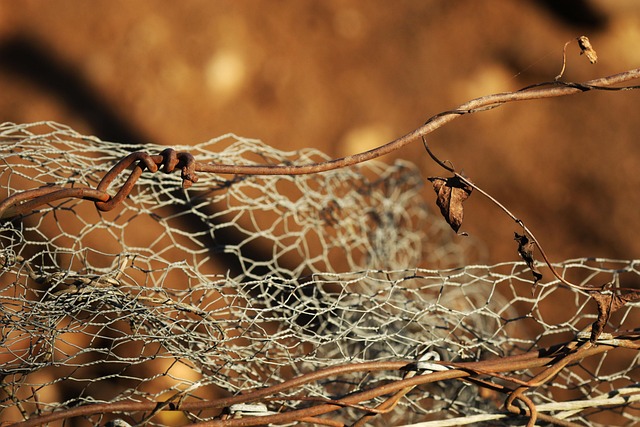Kratom, derived from the Mitragyna speciosa (kratom tree) native to Southeast Asia, offers natural muscle soreness relief through its unique interaction with opioid receptors and anti-inflammatory properties backed by science. Traditionally used for centuries, vibrant kratom tree pictures highlight its cultural significance as a therapeutic option for post-workout aches and chronic musculoskeletal conditions without sedating effects.
Muscle soreness can be a debilitating condition, but natural remedies offer hope. One such option gaining attention is kratom, derived from the kratom tree (Mitragyna speciosa). This article delves into understanding muscle soreness and its causes, explores kratom’s potential as a relief agent, and uncovers the science behind its positive effects on muscles. With kratom tree pictures for reference, we’ll guide you through this herbal alternative, providing insights that may help ease your discomfort.
- Understanding Muscle Soreness and Its Causes
- The Role of Kratom in Relieving Muscle Soreness
- Exploring the Science Behind Kratom's Effects on Muscles
Understanding Muscle Soreness and Its Causes

Muscle soreness, that uncomfortable feeling of tight and achy muscles after intense physical activity or exercise, is a common experience for many. It’s actually a natural response from your body to tell you it’s worked hard. This sensation is caused by microscopic tears in muscle fibers during exertion, leading to an inflammatory reaction. The body sends signals to the affected areas, resulting in that familiar tight and painful sensation.
While rest and proper hydration are essential for recovery, certain substances can aid in alleviating muscle soreness. One such substance gaining attention is kratom, derived from the kratom tree (Mitragyna speciosa), native to Southeast Asia. Kratom has been used traditionally for its potential pain-relieving and relaxing effects, offering a natural alternative for managing discomfort. Pictures of the vibrant kratom tree can be found online, showcasing its beauty alongside discussions on its therapeutic uses.
The Role of Kratom in Relieving Muscle Soreness

Kratom, derived from the leaves of the Kratom tree (pictured), has been a subject of interest for natural remedies enthusiasts due to its potential benefits in muscle soreness relief. The plant, scientifically known as Mitragyna speciosa, contains various alkaloids that interact with opioid receptors in the body, offering a range of therapeutic effects. One of its key compounds, 7-hydroxymitragynine, is believed to block certain pain signals, thereby reducing discomfort associated with muscle soreness and inflammation.
This ancient herb has been traditionally used for centuries in Southeast Asia to alleviate various ailments, including muscular pains. Modern research suggests that kratom’s unique composition may provide a natural alternative for managing post-workout aches and pains or even chronic musculoskeletal conditions. Its ability to potentially soothe muscles without sedating effects makes it an intriguing option for those seeking relief from muscle soreness while maintaining mobility and flexibility.
Exploring the Science Behind Kratom's Effects on Muscles

Kratom, derived from the leaves of the Mitragyna speciosa plant, has long been recognized for its diverse therapeutic properties. When it comes to muscle soreness relief, kratom is increasingly gaining attention due to its potential to alleviate discomfort and promote relaxation in muscles. Scientifically, kratom interacts with opioid receptors in the body, mimicking some effects of endorphins, which are natural painkillers produced by our bodies. This interaction can help reduce muscle tension and inflammation, providing relief for those experiencing soreness.
Beyond its opioid-like activity, kratom contains various other compounds that contribute to its soothing properties. For instance, mitraginin, one of the primary active alkaloids in kratom, has been studied for its anti-inflammatory effects, which can be beneficial in reducing muscle inflammation associated with exercise or injury. Furthermore, visual comparisons of kratom tree pictures reveal a lush, vibrant plant that holds cultural significance in regions like Southeast Asia, where it has traditionally been used to manage pain and improve overall well-being.
Muscle soreness, a common ailment affecting individuals of all fitness levels, can be effectively managed with the help of natural remedies like kratom. The Kratom tree (Mitragyna speciosa) has gained attention for its potential to provide relief from muscle aches and pains. By understanding the science behind its effects on muscles, we can appreciate the role of kratom tree pictures as more than just aesthetic interests—they represent a promising alternative for soothing muscle soreness naturally.














